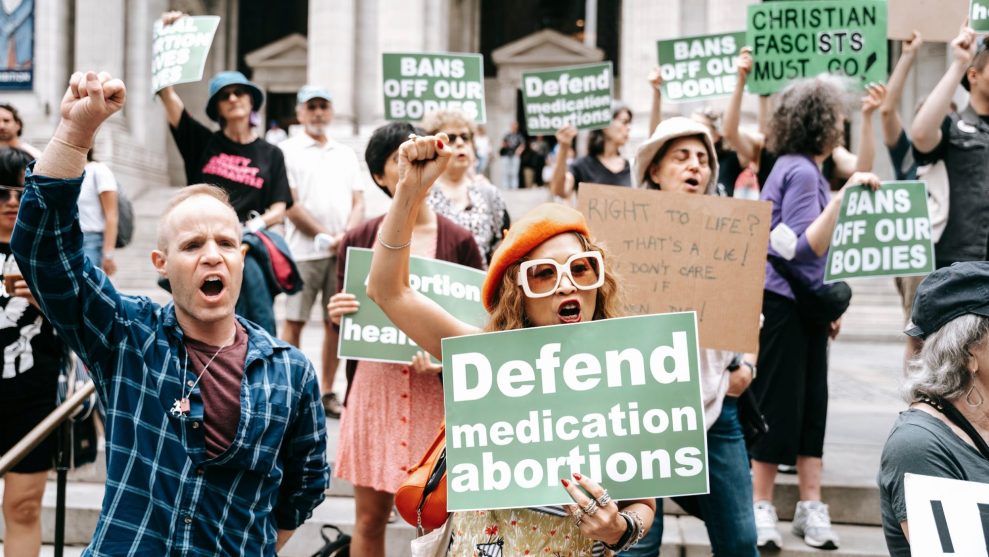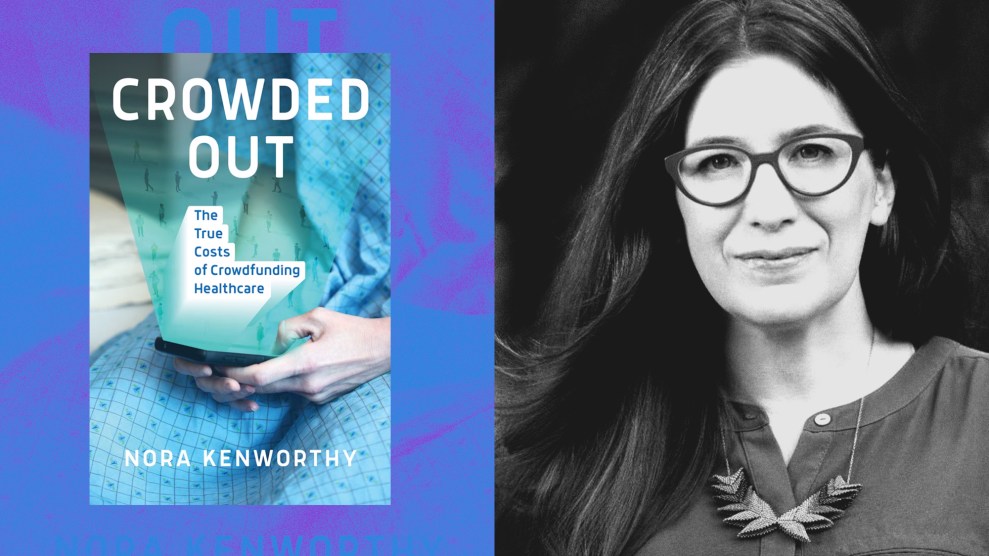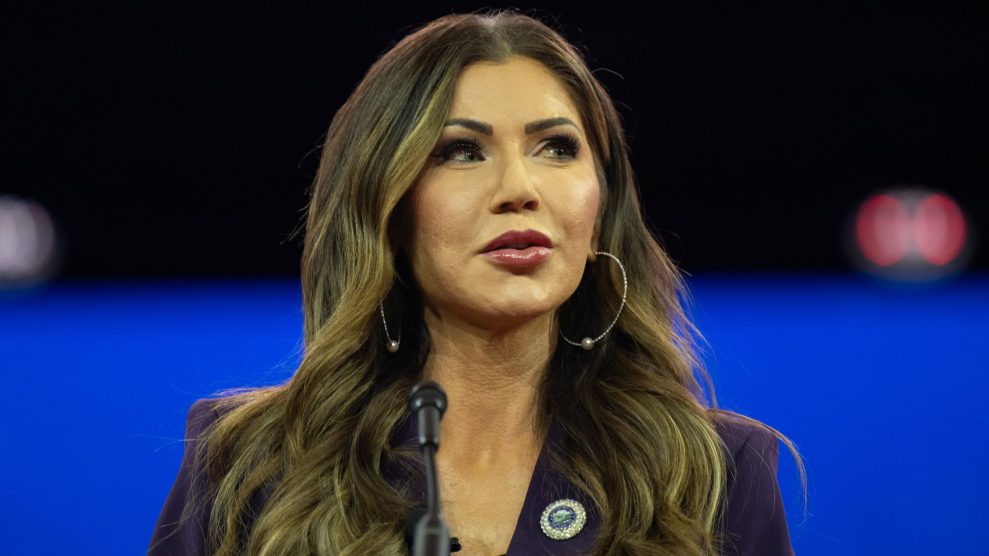
A new study shows that telehealth provision of abortion pills continues to rise, even as anti-abortion lawmakers try to ban them. Olga Fedorova/SOPA/Sipa/AP
Telehealth abortions continue to grow in popularity, even in states where anti-abortion activists try to ban them, according to new data published today.
Abortions obtained through virtual providers accounted for 15 to 16 percent of all abortions conducted between July and September of last year—amounting to about 14,000 abortions each month—up from 11 percent of abortions, or about 8,500, in December of 2022, according to the report, prepared by researchers from Ohio State University, the University of California, San Francisco, and the Society of Family Planning. The increase is partly thanks to the rise of shield laws, which protect providers who virtually prescribe and mail abortion pills to people in states with abortion bans, according to one of the report’s co-authors, Ushma Upadhyay, a researcher at the University of California, San Francisco.
Five states—Massachusetts, Colorado, Washington, New York, and Vermont—passed laws last year that protect telehealth providers who help people elsewhere in the country get abortions, according to Upadhyay. California enacted its shield law last month. As the New York Times reported last week, while these laws have not yet faced legal challenges, many expect them to. But in the meantime, they’re serving as the key to abortion access for people across the country: The Times reports that Aid Access, one of three main organizations providing telehealth abortions, serves about 7,000 patients a month, about 90 percent of whom are in states with abortion bans or severe restrictions. Advocates say telehealth abortion can also be particularly significant for low-income people and those in rural areas who may otherwise have difficulty accessing abortion clinics.
The new data from Upadhyay and her colleagues—part of a recurring study known as #WeCount, aimed at providing quarterly updates on abortion access post-Dobbs—comes just weeks before the Supreme Court is slated to hear oral arguments in a case brought by anti-abortion activists arguing against the FDA approval of mifepristone, one of two pills taken in a medication abortion. That case—billed as the biggest abortion case since Dobbs, since medication abortions account for more than half of all abortions nationwide, according to the Guttmacher Institute—will go before the high court despite the fact that more than 100 studies have shown that medication abortion is safe and effective. One of those studies was also conducted by Upadhyay, and was published in the journal Nature Medicine this month; it showed the pills are just as safe when prescribed virtually and mailed as when they’re prescribed and obtained in-person, as I previously reported. As I wrote then:
If the court restricts the accessibility of mifepristone through telehealth, it could have a significant effect. With abortion restrictions on the rise, obtaining abortion pills from virtual clinics has continued to grow in popularity. After the Supreme Court handed down the Dobbs decision in June 2022, abortions obtained through telehealth increased drastically—from 3,610 in April 2022 to 8,540 by December of that year, according to research published last year by the Society of Family Planning. And as I reported last month, a study published in the journal JAMA Internal Medicine shows that more Americans are using telehealth to stockpile abortion pills in case they need them in the future.
Despite the threat of the new Supreme Court case, the latest data has left Elisa Wells—co-founder and co-director of Plan C, an organization that provides information about accessing medication abortion—feeling optimistic.
“We want people to know that they now have a safe and effective option for early abortion that does not require them to totally disrupt their lives and endure the expense and inconvenience of traveling to another state for care,” said Wells, who was not involved with the #WeCount study. “Abortion pills are now everywhere through telehealth, even in states with bans.”












